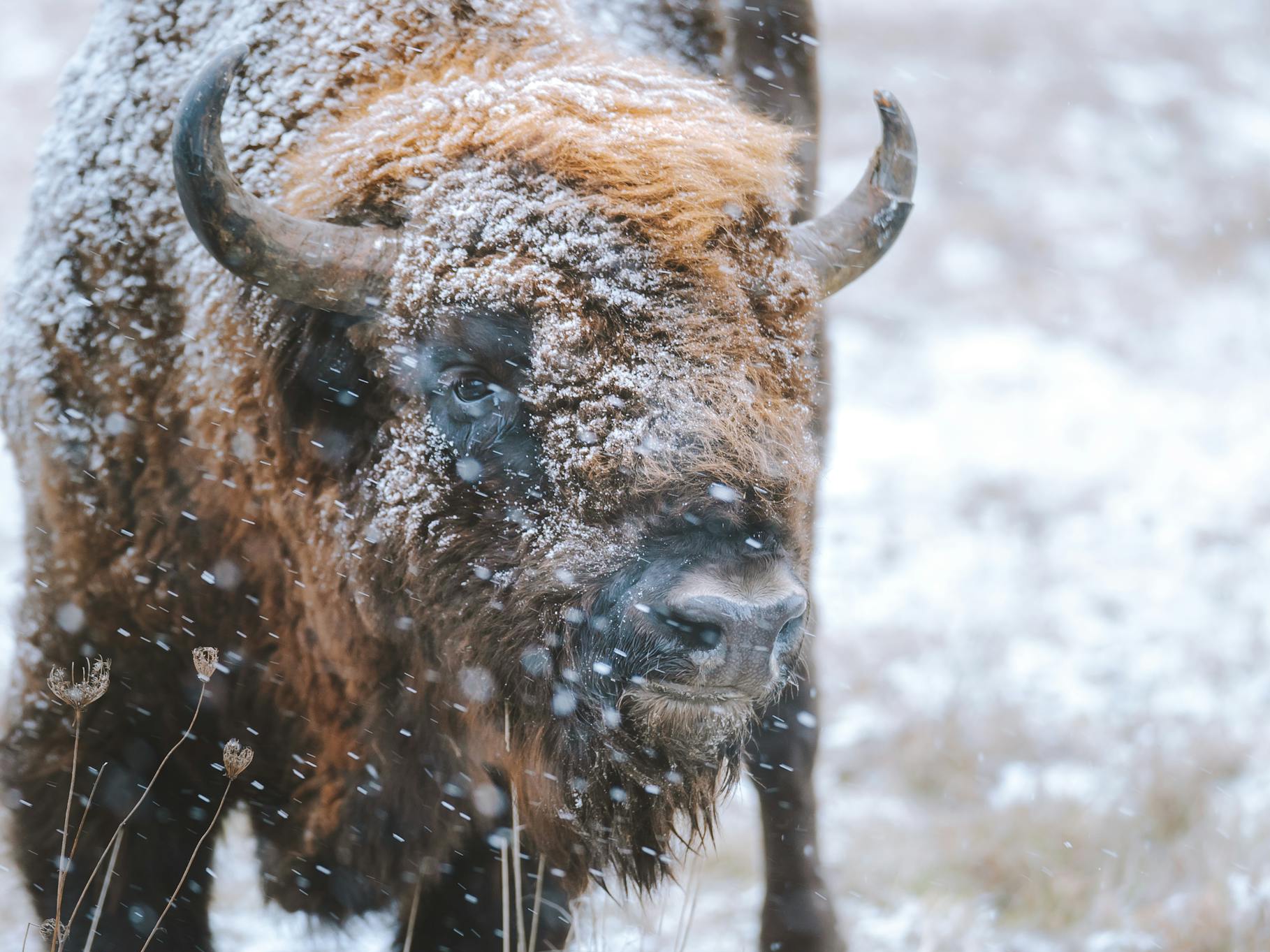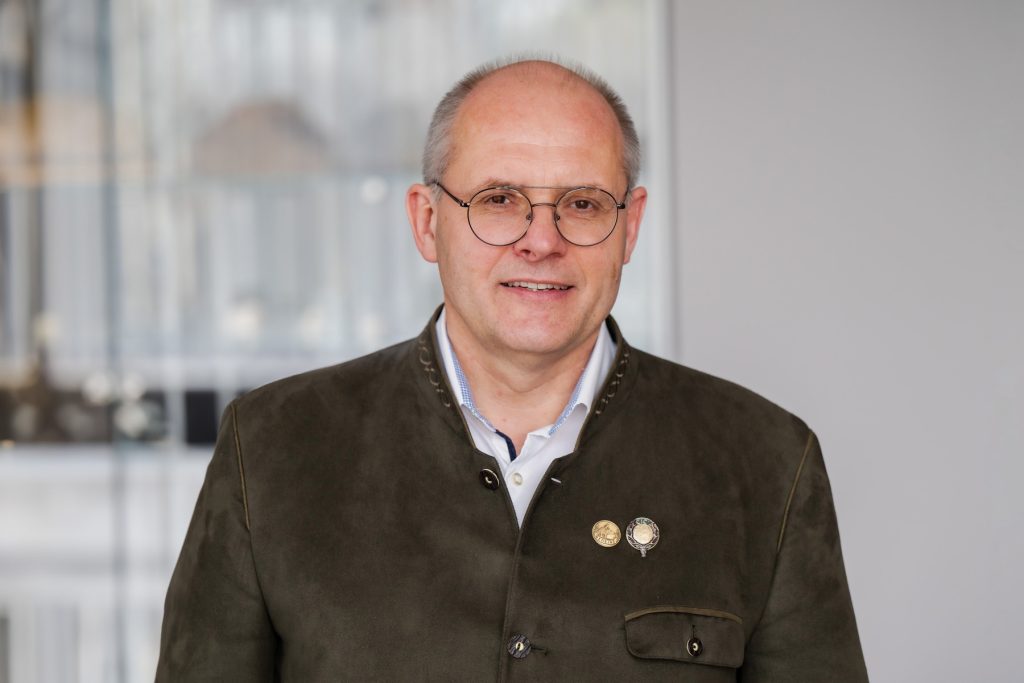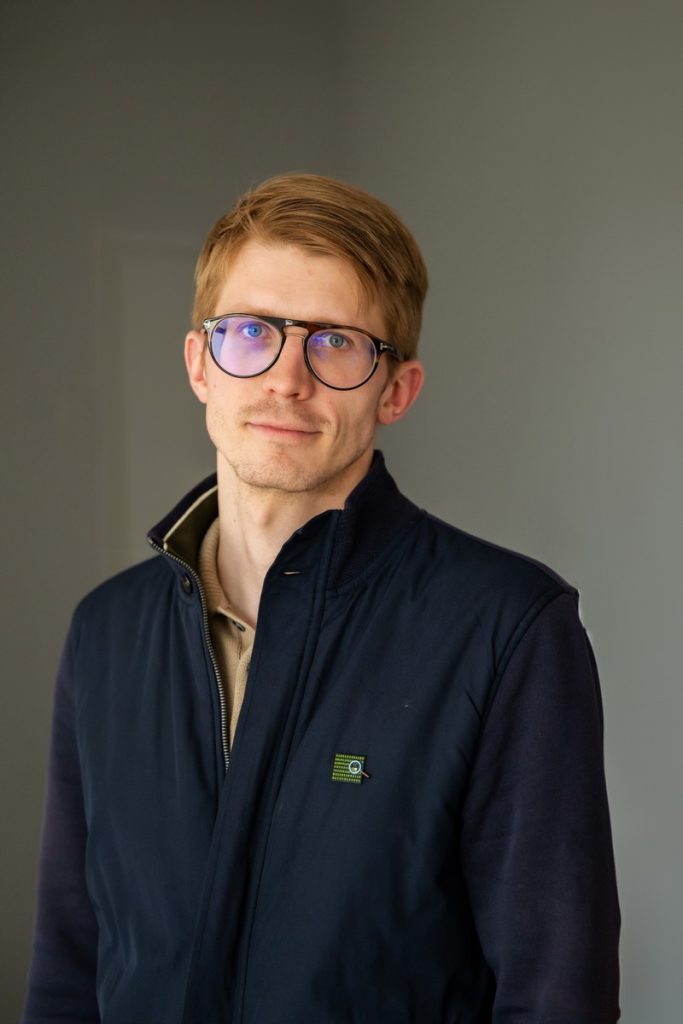VMU to Be the First in the World to Sequence the Wisent Genome

“In the times of the Grand Duchy of Lithuania, the protection of wisents was enshrined in the statute. It’s our historical heritage; hence, we must ensure their survival, enhance their diversity, and combat their diseases. All this necessitates sequencing the genome of the European bison, or the wisent, an endeavour currently underway. This marks the first global attempt to sequence the genome of these animals, thereby anticipating a major breakthrough. Furthermore, it merits investigation into the extent to which today’s wisents are related to the aurochs, the symbol of Kaunas, that roamed here 500 years ago,” says Algimantas Paulauskas, Professor at the Faculty of Natural Sciences of Vytautas Magnus University, introducing the innovative project.
According to the scientist, wisents, which are listed in the Red List, are among the main protected animal species, and our country ranks second in Europe in terms of the population of free-ranging wisents, with approximately three hundred of them currently in Lithuania. In the previous century, wisents became extinct across Europe due to overhunting, yet the species was successfully recovered from the remaining populations in zoological gardens.
“Initial DNA analysis has revealed that Lithuanian wisents significantly differ from those in Poland or the rest of Europe. The Poles had a practice of transporting wisents more frequently to other countries, including Germany and Romania. However, Lithuania remained isolated, leading to the development of a unique genotype, which has not yet been fully elucidated and therefore needs to be sequenced,” explains Prof. Paulauskas, Director of VMU Research Institute of Natural and Technological Sciences and member of the European Bison Friends Society.

Prof. Algimantas Paulauskas
Genome Sequencing – a Highly Relevant Endeavour in the 21st Century
According to previous studies by VMU, there are two genetic lines of wisents in Lithuania: the Lowland and the Lowland-Caucasian, which require different care. The Professor asserts that to properly manage the care of Lithuanian wisents, it is necessary to separate these lines to avoid crossbreeding, which, in this case, reduces diversity, causes diseases, and contributes to the decline of the species. The European Bison Pedigree Book recommends that only the Lowland wisent line should be kept in Lithuania, while the Lowland-Caucasian line should be transported to mountainous regions or removed from the ranks of free-living wisent. The aim of this action is to restore the wisent population to its composition in the old times.
The new VMU project employs innovative, cuttingedge equipment and technology. Genome sequencing enables the reading of the unique genetic makeup of a specific animal or plant species or individual: the DNA information that determines the characteristics of an organism. Sequencing can help detect diseases at an early stage, breed more resilient animal species, conserve endangered species, improve agricultural food production, and understand animal evolution.
“New equipment has been introduced that allows for the immediate sequencing of an individual’s genome: this enables personalised treatment. Overall, genome sequencing continues to be highly relevant in the 21st century; it has revolutionised genetics and continues to be immensely beneficial for practical purposes. However, the focus today is more on the human genome and less on animals, so there’s still much to be explored,” says the Professor, emphasising the significance of the project.

Dr. Artūras Kibiša
Wisents are Migrating towards Kaunas
Dr. Artūras Kibiša, a researcher at VMU Research Institute of Natural and Technological Sciences and head of the Game Management Laboratory at VMU Agriculture Academy, explains that one of the primary objectives is to form a new herd from the relocated wisents. This involves acclimatising animals brought in from different regions to one another before releasing them into the wild in a new location. Currently, wisents are being relocated from Central Lithuania to the territory of Dzūkija National Park, in the hope that this will contribute to the enhancement of wisent pool.
“Wisent trapping is conducted in two ways: using a stationary and immovable trap installed at a specific site, or mobile, transportable traps. To minimise the stress on the animals, they are sedated at the moment of capture and when they wake up, they can walk out with the collar on, without even encountering humans,” says Dr. Kibiša.
He highlights that females are presently needed to form the herd; thus, if males are captured, they are equipped with collars with tracking devices. When such animals are released back into the wild, their migration is tracked. Such studies of freely roaming wisents have been ongoing for several years. Meanwhile, females are transported to Dzūkija and temporarily kept in an enclosure with males from a different genetic line until a herd forms, which can take up to a year. Once formed, the herd is released into the wild.
“A historic moment – thanks to the collars, we can see that wisents, which for many years lived closer to Panevėžys, are now migrating towards Kaunas. They are currently near Didžiosios Lapės. This same herd had lived near Lifosa phosphogypsum hills for some time, and last February, it successfully crossed the Via Baltica, ending up near Vandžiogala. A week ago, it moved towards Lapės, thus, making a loop and expanding its territory. The fact that the wisents are moving and are not concentrated in one place means less damage to farmers’ fields,” says Dr. Kibiša.
In less than a decade, the number of wisents living in the wild has almost tripled. In 2014, there were 101 wisents, and by the end of 2022, the number increased to 280. Most of them, 204 in total, are located in Kėdainiai District.

Ignas Galminas
Research Will Lead to Breakthrough in Genomics
The wisent sequencing project is being carried out by VMU Research Institute of Natural and Technological Sciences in partnership with Genomika, a genetics and biotechnology company established by VMU alumni and students. Ignas Galminas, one of the founders of the company and a doctoral student at VMU, highlights that one of the key missions of the company is to introduce global innovations to Lithuania and to develop priority innovations in the country in collaboration with international teams. One of the priority scientific areas of the company is the technology for storing data in DNA molecules. For its innovative work with this technology, the company has received numerous international awards and has been selected by the European Innovation Council to advance its research in this domain.
Galminas explains that the idea to sequence the wisent genome came about after seeing an illustration of the animal in a book about Prof. Tadas Ivanauskas – a naturalist, writer, and Doctor of Biology, who was also one of the founders of the Higher Courses, the precursor to the University of Lithuania (renamed Vytautas Magnus University in 1930). At the University of Lithuania, Prof. Ivanauskas pioneered the ideas of artes liberales and initiated the teaching of various disciplines, including genetics, ecology, and nature conservation, as well as the pursuit of research in new scientific fields in Lithuania.
“We thought it would be interesting to also sequence the wisent genome using innovative, cutting-edge methods. Once this idea took shape, progress was rapid; thanks to VMU scientists, a large team of our and VMU specialists was formed. When the idea was shared with the developers of pioneering DNA sequencing technologies, they also found it appealing. As a result, they’re sending their most advanced high-throughput sequencing device to Lithuania. We are confident that this project will pave the way for new discoveries, facilitating the sequencing of other animals, plants, and microorganisms. It will be a breakthrough in the field,” says Galminas. The wisent‘s genome sequencing project will be completed in just a month from project design to data analysis. „It‘s lightning-fast! This achievement is particularly impressive when compared to the 20 years it took to sequence the entire human genome“, Genomika co-founder notes.

Significant Practical Benefits for Students
According to Prof. Paulauskas, the students and graduates collaborating in this and other innovative VMU projects undertake highly important work. The employed young people are not only financially compensated for their activities but also gain a significant practical benefit, i.e., experience that will help them to successfully secure employment in leading-edge companies. The project involves not only graduates or doctoral students but also undergraduate students still pursuing their Bachelor’s degree.
“By participating in research projects, they learn the basic methods of working in a molecular laboratory and conducting DNA or genomic research. This will enable them to find employment, for example, in biotech companies. Our students are highly valued by employers such as Thermo Fisher, BioCity, and others because they have already gained practical experience and have learned to work with modern equipment in the updated laboratories of VMU on Akademija campus,” points out the Professor. The scientist reveals that the wisent genome project is just one of many ambitious endeavours being conducted or planned at Vytautas Magnus University. Plans are in place to construct a Green Tech Valley on Akademija campus, which will focus on top-tier research in the fields of environmental protection and ecology.












